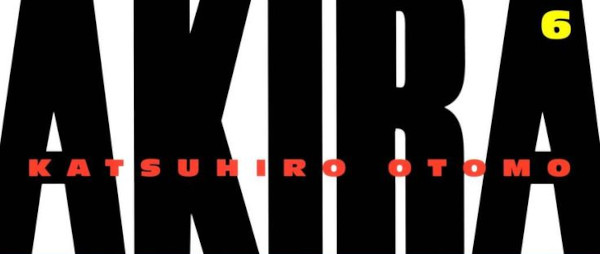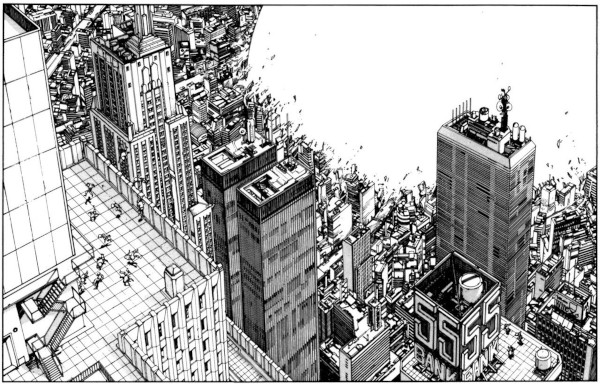
Now for some more Japanese culture, this time animation, also known as anime.
The most famous Japanese anime studio is Studio Ghibli, a company I've come across many times but never seen any of their films. A lot of people really love the stuff they make. As I've said, I've never had much interest in manga, or anime, but I've been been intrigued enough now that I decided I should should watch one. I recently saw Spirited Away, one of their most popular productions (and also a 2003 Oscar winner).
It's a simple story about a young girl separated from her parents and trapped in a ghostly world of spirits, complete with magical people, weird entities and strange creatures. The world appears centered on a large bath-house run by a witch and the little girl has to find a job and work out how to escape and save her family.
Well, I really loved the film, enjoying it immensely. Charming and beautifully made "cell" animation, I can see why the the Ghibli "style" is such a worldwide success. There's a bit of a "signature" style, a traditional animation look alongside atmospheric painted backgrounds. I can understand a film like this being a big hit for both children and adults. Funny moments but also themes that tug at the core human emotions of love, loneliness and loyalty. It's also a refreshing change to see a film informed by Japanese cultural traditions even though it speaks to universal traits.
A film easy for me to recommend wholeheartedly. I will try and watch another Studio Ghibli production.

I finished reading Akira a couple of weeks ago, getting through the last of the six volumes. A very impressive work and I thoroughly enjoyed it. As I mentioned recently, there's never a dull moment, the story moves quickly, there's a lot of action and, of course, the art work is exceptional. What surprised me somewhat was the writing: it was much better than I expected and not in the least "childish", even if it has to be a little basic at times. A comic strip is a lot more than just the drawing, even though that is always the most visceral and accessible aspect of the work. This was easy to read and had a satisfying and moving conclusion. I completely understand its classic status.

Katsuhiro Otomo's art is detailed and dynamic. He really puts Neo-Tokyo and its inhabitants through the wringer with great drawings of buildings, destruction, military hardware, motorbikes, guns. Did I mention destruction? Masterful stuff. The one small criticism I have it that sometimes it was a little hard to see what happening in a panel there was so much detail. But this is a work worth paying attention to.
A wonderful book that I'm glad to have finally read. Perhaps I'm of an age that I really appreciate the whole package now but I would recommend it to any age group, teenage and up.
I am yet to see the animé film, but I am told it is good. Something to look forward to.

I recently wrote about my poor experience with The Economist android app. Well, since a factory reset, I'm happy that things have improved immensely. It is still somewhat slow and unresponsive, but the main problem I had was the crashing, and this has (mostly) stopped.
I did the reset on February 7th. I got my first app crash on March 9th, so got about four weeks of relatively pain free reading. Since then, I've had two crashes in the past week, so possibly a sign things are degrading a bit again. The app is still a bit slow and annoying sometimes but at least I now get a chance to read the articles. And this makes a huge difference. I'll see how it goes over the next week or so. This level of performance is just about "good enough" for me.



